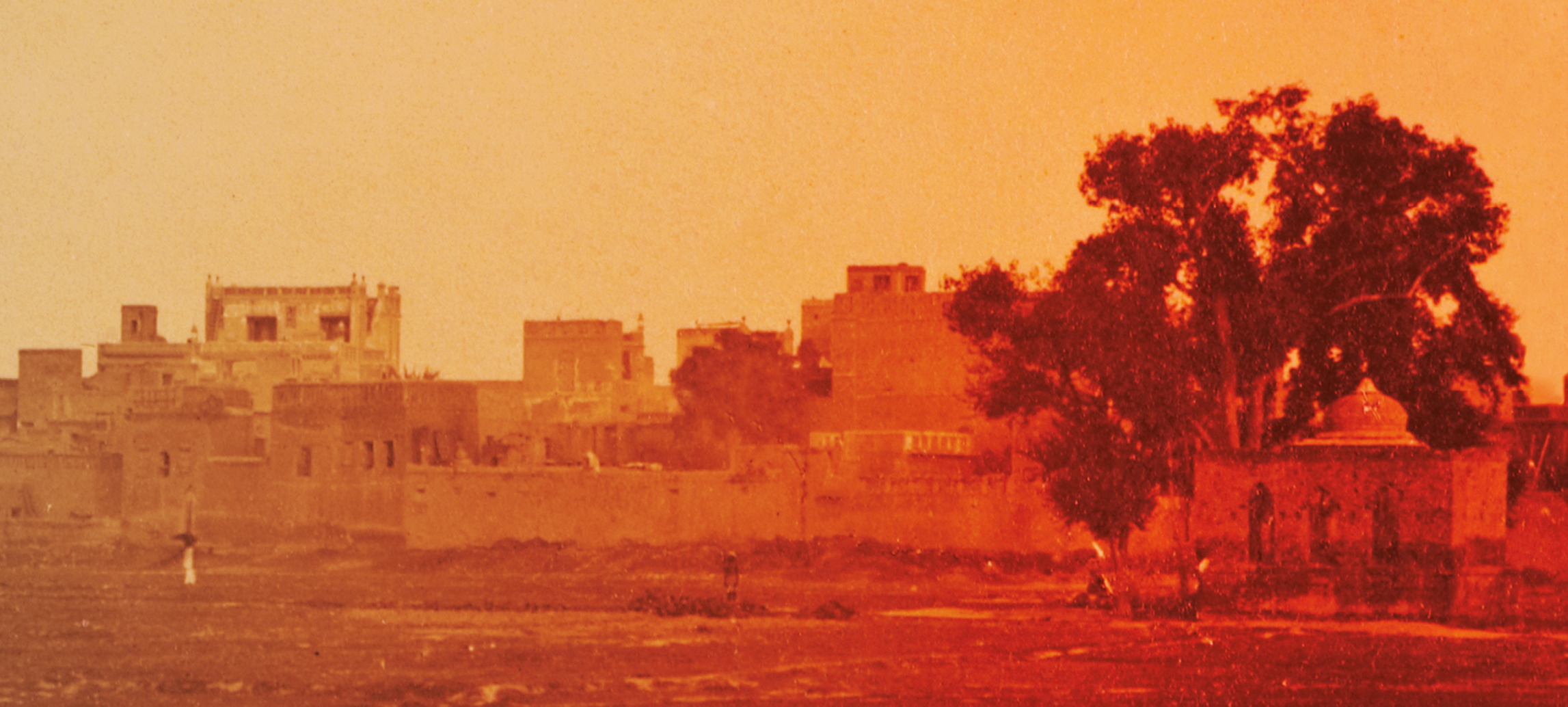
The Amritsar Massacre of 1919 was a seminal moment in the history of the Indo-British encounter, and it had a profound impact on the colonial relationship between the two countries.
In Kim Wagner’s Jallianwala Bagh, which takes the perspectives of ordinary people into account, the event and its aftermath are strikingly detailed. Wagner argues that General Dyer’s order to open fire at Jallianwala Bagh was an act of fear and its consequences for the Indian freedom struggle were profound. Situating the massacre within the ‘deep’ context of British colonial mentality and the local dynamics of Indian nationalism, Wagner provides a genuinely nuanced approach to the bloody history of the British Empire.
In this piece by the author, he talks about his learnings while writing and researching for the book.
As I was writing the book about the Jallianwala Bagh massacre, one of the things that struck me was the abiding belief in the benevolence of the British Raj on the part of the local residents of Amritsar. Above the entrance to the memorial there is today a sign that says: ‘A Landmark in Our struggle for Freedom’, and the events of April 1919 are often referred to as a key moment in the independence movement that came to its fruition in 1947. In this narrative, the hundreds of civilians who were massacred by General Dyer, were martyrs to the cause of an independent India and it is as such that they are today commemorated. The interesting thing is that no-one in Punjab in 1919 even thought of independence.
Indian nationalists at the time, such as Drs Kitchlew and Satyapal, were thinking exclusively in terms of dominion-status within the British Empire – similarly to Australia or Canada. Despite the socio-economic dislocation and hardship caused by the First World War, the global flu pandemic, high food-prices and failed crops, the disappointment of the Montagu-Chelmsford reforms and the anger caused by the Rowlatt Act, the population of Amritsar never lost their faith in the Sarkar, or British Government.
As locals sought to petition the authorities for the release of their two leaders who had been deported on 10 April, they did so using the terms Ma Bap – the traditional supplication entailed by the line ‘You, My Lord, are my mother and father!’ After the confrontation turned violent and stones were thrown at the military pickets, who responded with indiscriminate shooting, people were shocked that the British would open fire on ‘innocent’ people. That is also why crowds twice sought to cross the railway bridges leading from the old city of Amritsar and into the Civil Lines, and twice were fired at.
As late as 13 April, local residents maintained their faith in the British Government whom they believed would ultimately act in a benevolent and righteous manner. Shortly before Dyer arrived at Jallianwala Bagh with his strike-force, a British airplane flew over the city and when people in the crowd became restless, the Satyagraha activists, who had organised the meeting, reassured them: ‘We need not fear anything. The Sarkar is our father and mother: why should Government kills its own children.’ While Dyer mistakenly believed that he was facing an armed crowd of rebels, and therefore opened fire to prevent a second ‘Mutiny’, people in the crowd did not see themselves as engaging in anything unlawful. The ban on public meetings had not been widely disseminated in the city and there was widespread confusion as to the actual nature of the meeting at Jallianwala Bagh, which furthermore coincided with the festival of Baisakhi.
The massacre, and its aftermath, brutally disabused Indians as to the true nature of British oppression and it was from April onwards, as a result of what had occurred, that people more generally began to think of independence. Before any details of what had occurred in Amritsar reached beyond Punjab, the poet and writer Rabindranath Tagore famously returned his knighthood at the end of May 1919, stating that: ‘The enormity of the measures taken by the Government in the Punjab for quelling some local disturbances has, with a rude shock, revealed to our minds the helplessness of our position as British subjects in India.’ It was not, however, till the following year that Gandhi initiated the non-cooperation movement and finally took up the cause of independence.
The Amritsar Massacre has since been recognised as a crucial watershed in the history of British India, and the in the freedom struggle, yet it is important to remember that this was far from evident to the people involved at the time. It was not till 1947 that the events of 1919 could be seen as the beginning of the end of British rule in India.
*
When it comes to British contemporary perceptions of the ma









